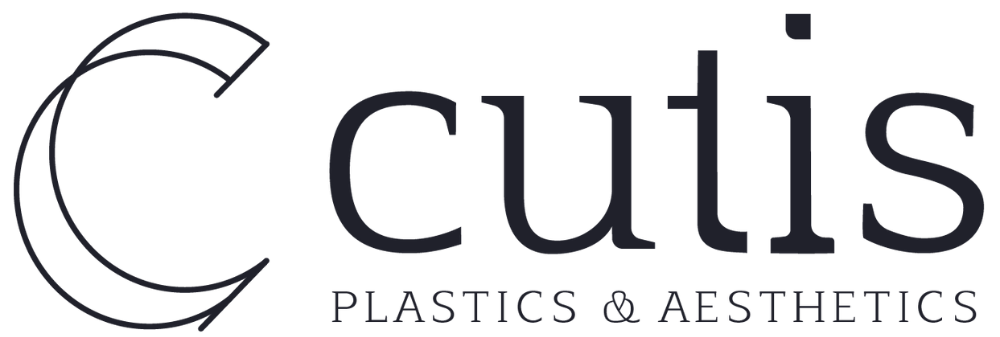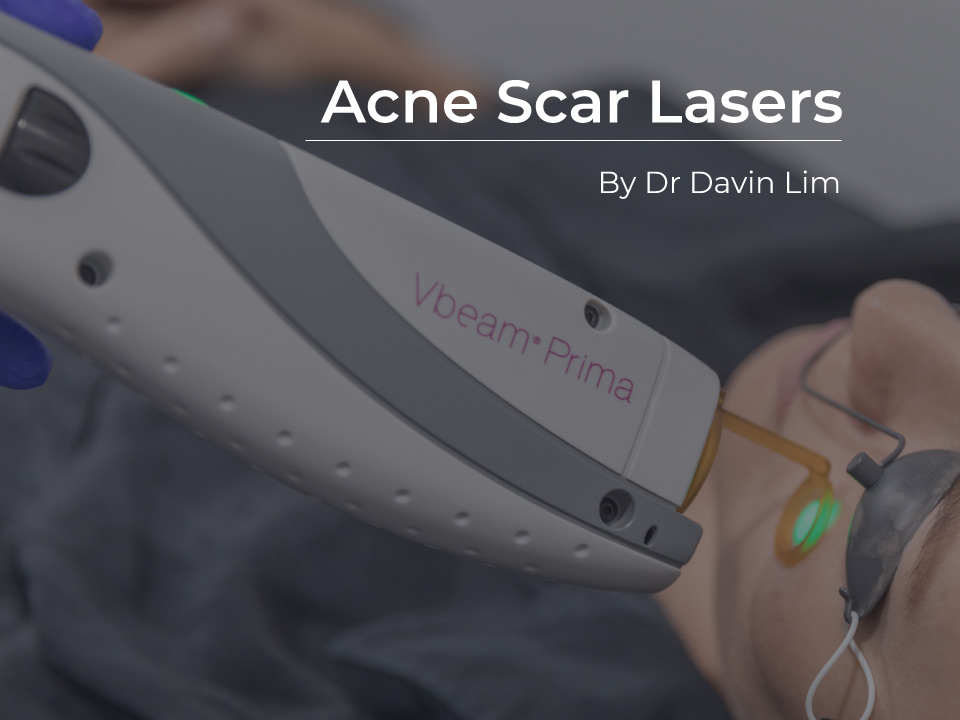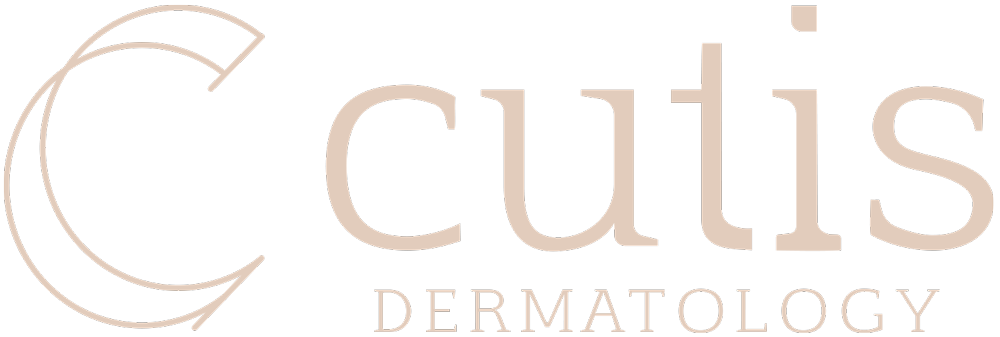Vascular lasers are used to treat redness. The most common applications include acne scars, rosacea, broken capillaries, sun damage, spider veins & birthmarks. Treatments are fast, effective & comfortable. Cutis has over 4 vascular lasers, ensuring that the correct laser is applied according to your condition.
Key Points
- Vascular lasers can treat acne, rosacea, birthmarks & facial redness from sun damage
- This laser does not break the surface of the skin, hence recovery is quick
- Cryogen spray keeps the surface cool, & alleviates pain
- Vascular laser is the best treatment for red acne scars
- Most cases require 2-3 sessions
Vascular Laser Treatments at a glance
Our results speak for themselves
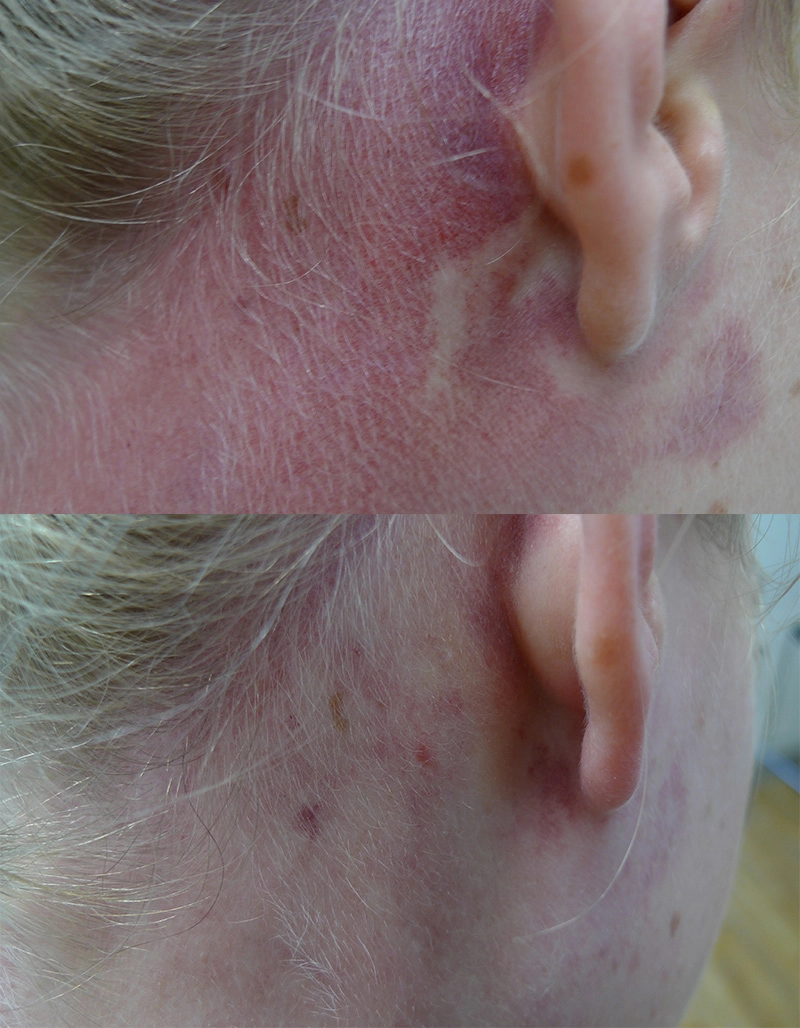
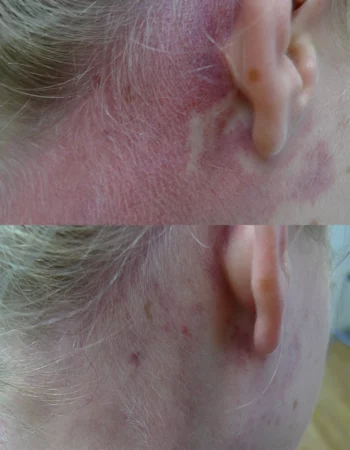
VBeam for port wine stain. The number of
treatments range from 2-15, depending on
site, & extent
Ask us more about this treatmant
Preferred Consultation
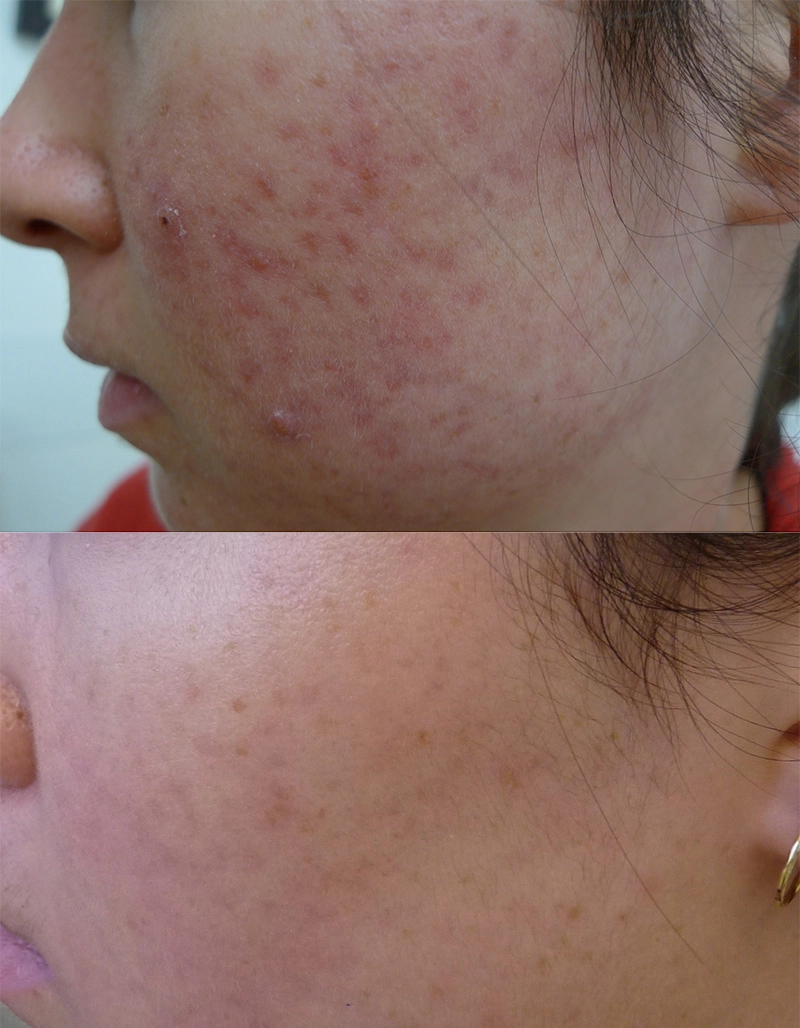

Vascular laser & vitamin A
Ask us more about this treatmant
Preferred Consultation
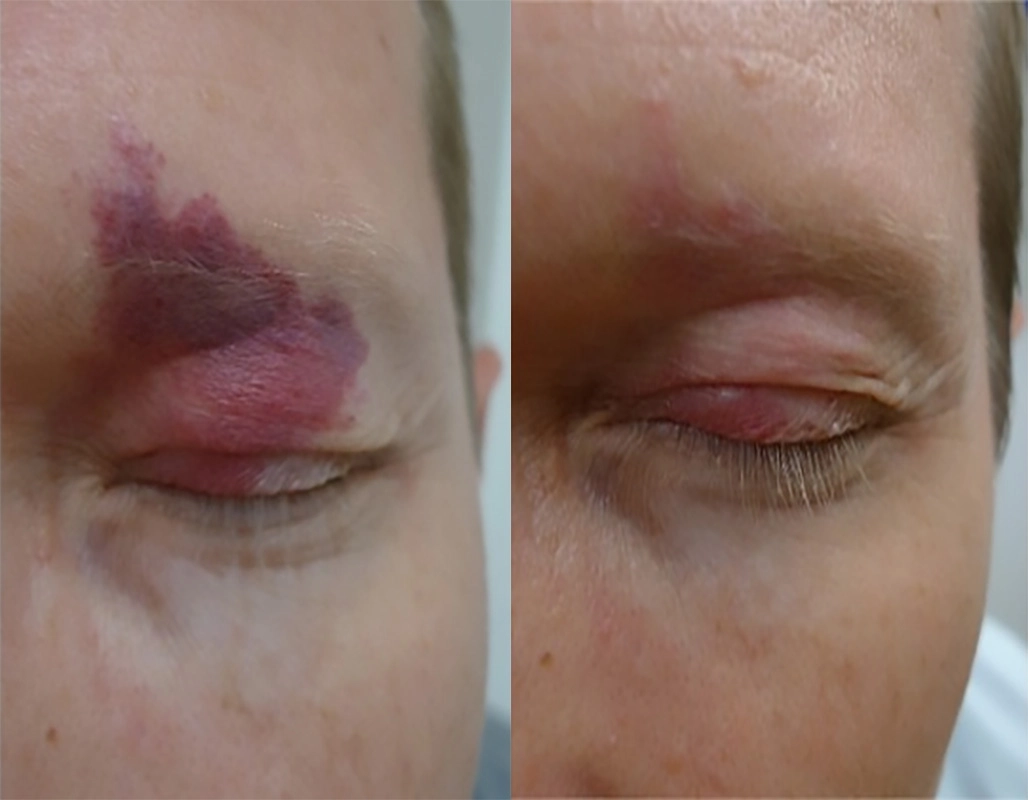
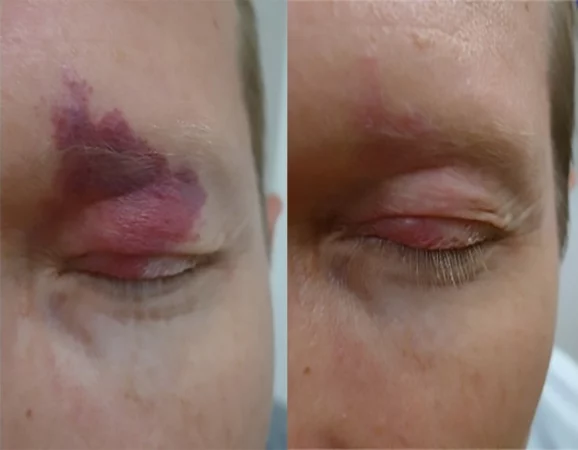
VBeam for port wine stain. 3 sessions. The
number of treatments range from 2-15,
depending on site, & extent
Ask us more about this treatmant
Preferred Consultation
FAQs
How can vascular lasers improve your skin?
Vascular lasers treat redness caused by-
- Acne marks: called post inflammatory erythema
- Rosacea: capillaries & spots
- Sun damage: on the face, neck & chest
- Birthmarks: Port wine stains, capillary malformations, haemangiomas, spider veins
Why do we need so many vascular lasers?
Cutis has 5 vascular lasers covering the 532, 595 all the way to 1064 spectrum. Each laser has a particular function that is gold standard in its class. For example-
- Birthmarks are treated with big spot pulse dye lasers with dynamic cooling
- Red acne scars do well with V Beam laser
- Broken blood vessels are best treated with non-bruising settings
- Deeper lesions are treated with long pulse 1064 lasers
Our vascular portfolio includes, V Beam Prima, Perfecta, Sciton Yag, Lumenis platforms, & Lutronic’s Derma V laser.
How do lasers treat acne & red marks from acne?
Vascular lasers can reduce red marks from acne, known as PIE or post inflammatory erythema. Most cases require 2-3 sessions spaced 2-4 weeks apart. This treatment is highly effective with one caveat- future outbreaks must be controlled, or you will end up chasing new spots.
If you are suffering from acne, book an appointment with our dermatologists or nurses. They will find effective treatments to clear up your acne within weeks.
Can lasers help treat rosacea
Vascular lasers can rapidly reduce redness from rosacea. They work best for broken capillaries but can also be effective for acne rosacea. Lasers are best combined with medically prescribed anti-inflammatories.
Most cases will require 2-3 sessions over 3 months.
How many sessions will I require?
Most patients require only one to three sessions to have the best results. As a guide
- Rosacea: 2-3 sessions, spaced 4-8 weeks apart.
- Red acne marks, scars, PIE: 2-3 sessions.
- Capillaries: 1-2 sessions
- Birthmarks: Multiple
- Spider veins: 1 session
Are treatments painful?
Treatments are well tolerated as we only use lasers with in-built cooling systems. Cold air is sprayed a few milliseconds before delivery of the laser beam. This markedly decreases pain & potential side effects.
*We don’t use lasers with conduction gel/plates as side effects are higher as well as pain.
Products

O Cosmedics cleansing range
$63.00-$64.00

O Biotics 3D Hyaluronic Serum
From $97.00
Cutis Dermatology Brisbane employs the very latest vascular lasers including the Derma V, Perfecta & V Beam Prima lasers. These lasers are highly effective against red acne marks, rosacea, broken capillaries, red birthmarks as well as general redness.
How long does it take to see results following treatment?
Results can be seen within the week. In some cases, you may have initial bruising, swelling & redness, however over a few days this will decrease.
For more severe cases of redness such as rosacea or post inflammatory erythema, you may require further lasers sessions.
How do I care for my skin after vascular lasers?
We recommend that you refrain from putting on makeup for a few hours after treatment. The best way to speed up healing is with ice application. A starting guide is ice 10 minutes per hour, every hour until bedtime. Our clinicians will give you an exact time frame of skin recovery, based upon the settings we use.
Sun exposure after the treatment should be avoided as skin is more sensitive to UV. Following treatment, you are required to apply a SPF 50+ sunscreen twice a day. You can go back to your normal skincare routine 3-8days after the laser treatment.
Can vascular lasers be used on darker skin types?
Yes, our latest Prima & DermaV lasers have in-built cryogen sprays, this ensures efficacy & safety. The caveat is that dark skin patients will usually require 2-3 sessions, spaced 6-8 weeks apart. This is to reduce the chances of post laser skin darkening.
What are the costs?
Cutis has tiered costings so that everyone can afford laser therapy. Prices with our nursing team…
- Vascular laser full face: from $490
- Vascular laser cheeks: $250
- Telangiectasia’s (vessels around the nose): $150
- Red stretch marks: from $350. Prices vary due to size.
Our laser nurses have extensive training in managing vascular concerns such as mild rosacea, telangiectasia, surgical scars, red stretch marks & red acne marks.
Our specialist Dermatologists manage complex vascular concerns. These prices are determined at your initial consultation, Medicare rebates may apply.
*Medicare rebates apply for some cases including rosacea & birthmarks.
No rebate available for acne marks or active acne.
What are the potential side effects of vascular lasers?
Side effects are rare as we use gas cooling. Theoretical side effects include-
- Blistering (more common with birthmark treatments)
- Flare up of melasma
- Prolonged swelling & idiosyncratic redness
- Patterning (common with lasers on the neck)
What should you consider before undertaking vascular lasers?
Lasers are an investment of time, effort, & money for patients. Here are some helpful points that may help you along your journey.
- Diagnosis: If the cause of redness is not known, don’t treat it with a laser.
- Medical therapy. Especially important in treating acne & rosacea. Lasers address the end pathology, namely redness. If you have active acne, medical therapy is indicated to treat the root cause.
- Consider your options: there are many laser systems in the market as well as many providers. Seek advice before treatment.
Book an appointment with our clinical team at Cutis, as they can guide you through the assessments. Nurse consults are FREE*. Redeemable with future procedures.
